The best mobile processors of 2021: Mid-range edition

If you ask any tech enthusiast what the most important component of the modern smartphone is, chances are high the answer would almost always be this: mobile processors (or mobile SoCs). In this article, our goal is simple. We list the best mid-range mobile processors currently available for 2021 smartphones.
As clarified, the focus of this article is to help you choose the best mid-range mobile processors (and, of course, the smartphones that use them). If you have more cash to spare and happen to be looking at something better and pricier, please take a look at our flagship SoC comparison article, where we list the current crop of high-end mobile processors and also list smartphones that feature them.
Jump to:
- Best Qualcomm mid-range processors
- Best MediaTek mid-range processors
- Best Samsung mid-range processors
Best Qualcomm mid-range processors
Qualcomm’s mid-range mobile processor lineup primarily spans two ‘series.’ While the Snapdragon 7 series caters to the upper mid-range segment, the Snapdragon 6 series is targeted at consumers who are looking for more value for their money and smartphones under $300.
Let’s take a look at the 2021 range of Snapdragon 7 series and 6 series mobile processors.
Snapdragon 7 series
Snapdragon 780G
As of May 2021, the Qualcomm Snapdragon 780G is the most powerful 7 series processor from Qualcomm. Based on an efficient 5 nm manufacturing process, the SD 780G is touted as a future-proof, 5G capable mobile processor with support for both mmWave and sub-6Ghz networks.
The internals of the 780G are near-flagship grade, and it gets four Arm Cortex-A78 CPUs (one core clocked higher) and four power-efficient Cortex-A55 CPUs. For graphics, the SD 780G uses Qualcomm’s own Adreno 642 GPU, which offers performance equivalent to flagships from the yesteryears (the Snapdragon 855, for example).
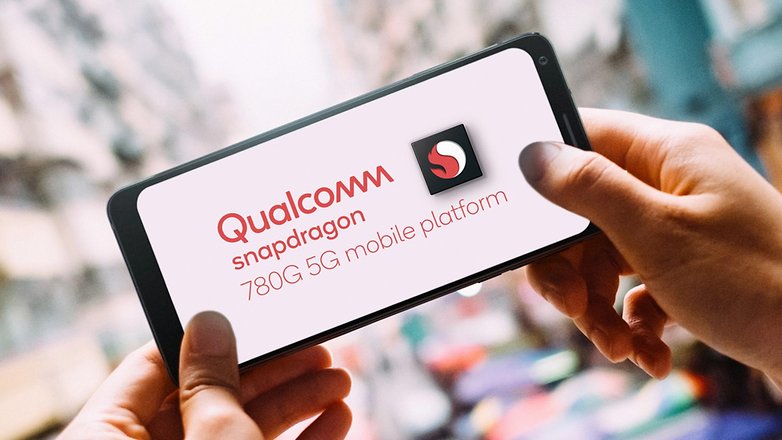
Since this is a very new chipset, most companies are yet to launch smartphones based on it.
- Snapdragon 780G smartphones: Xiaomi Mi 11 Lite.
Snapdragon 778G
Announced during Qualcomm’s 5G Summit, the Snapdragon 778G shares a lot of its specifications with the 780G SoC, including the ARM Cortex-A78 CPUs and the Adreno 642L GPU, promising 40% better performance than the 768G model below.
To distinguish the 778G from the previous 780G, though, Qualcomm opted for the 6 nm process — which is cheaper, but less efficient —, but on the other hand updated the memory controller for the newer (and faster) LPDDR5 standard.
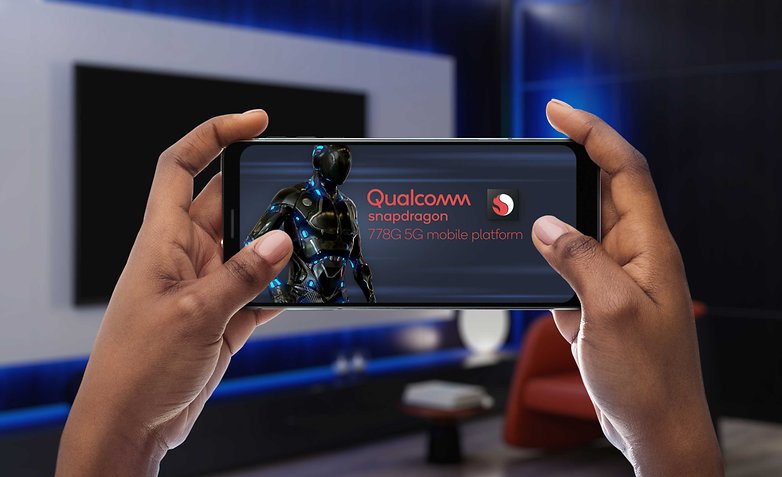
The Snapdragon 778G also offers two new gaming features inherited from the flagship Snapdragon 888, including Variable Rate Shading (VRR), for a more efficient rendering of games’ graphics, and Game Quick Touch, to improve the response time for touchscreen commands.
- Smartphones equipped with the Snapdragon 778G are expected to be released by Xiaomi, Oppo, Realme, Motorola, Honor and iQOO.
Snapdragon 768G/765/765G
The trio from the Snapdragon 76X series is positioned just below the 780G, and all these SoCs were released in 2020. All three SoCs are near identical in terms of specifications and only differ in terms of CPU and GPU clock speeds. The Snapdragon 765 is the ‘slowest’ of a lot, while the 765G gets a higher clocked prime CPU and GPU. The newest of the lot is the 768G which is just an overclocked variant of the 765G.

- Qualcomm Snapdragon 765 smartphones: Vivo X50 Pro, OnePlus Nord, LG Wing, Google Pixel 5, Motorola Moto Edge.
Snapdragon 750G
Announced in September 2020, the Snapdragon 750G is among Qualcomm’s newer mid-range SoCs. While Qualcomm positions the 750G below the Snapdragon 76X series, in most aspects, the 750G offers better performance than the older 765 series. Needless to say, Qualcomm surely needs to get its naming scheme right and stop confusing people!
- Qualcomm Snapdragon 750G smartphones: Motorola Moto G 5G, Xiaomi Mi 10T Lite (Mi 10i), Samsung Galaxy A42.
Snapdragon 730 series (730, 730G, 732G)
The Snapdragon 730 series currently includes three closely related processors - the Snapdragon 730, 730G, and the 732G. All three SoCs are based on an 8 nm manufacturing process and use the Kryo 470 CPU core and the Adreno 618GPU for graphics. The only differences are in the clock speeds of the CPU/GPU. Needless to say, do not expect much difference in performance between the 730 and the 732G.
- Qualcomm Snapdragon 730 series smartphones: Motorola G40 Fusion, Motorola G60, Xiaomi Redmi Note 10 Pro, Poco X3.
Snapdragon 710, 712, and 720G
These three SoCs are relatively old and are now mostly used on affordable, entry-level handsets. Announced in 2018, the SD 710 is a 10 nm SoC that gets the Kryo 360 architecture and the Adreno 616 GPU. The Snapdragon 712 is a minor update to the 710. As for the Snapdragon 720G, this is a relatively newer SoC that was announced in early 2020. It is based on an 8 nm manufacturing process and uses Kru 465 cores and the Adreno 618 GPU for graphics.
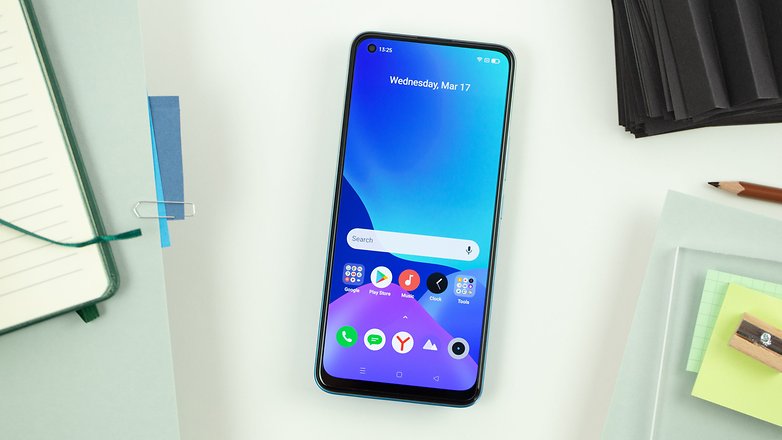
- Snapdragon 720G smartphones: Realme 8 Pro, Samsung Galaxy A52, Xiaomi Redmi Note 9 Pro.
Snapdragon 600 series
As we go lower down the order, the number of SoCs becomes more numerous and the model numbers confusing. Since we are talking about 2021 SoCs we are purposefully avoiding the addition of older, irrelevant Snapdragon 6 series chipsets and focus on the ones that are most widely used on mid-range and budget smartphones of today.
Snapdragon 690
The Qualcomm Snapdragon 690, as of writing this article, is the most powerful 6 series mobile processor from Qualcomm. It also boasts of several firsts to its credits, including the fact that it is the first 5G-ready processor from the 6 series (albeit without mmWave support). In fact, in terms of firepower, it is closer to the Snapdragon 7 series than its 6 series peers. This SoC is also based on the 8 nm manufacturing process and gets the Adreno 619L GPU.
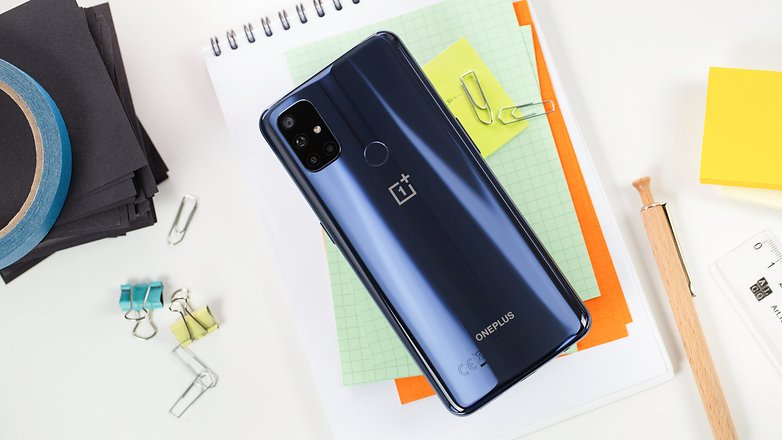
- Snapdragon 690 smartphones: OnePlus Nord N10.
Snapdragon 675/ 670/678
The Snapdragon 675 and 670 chipsets are quite old (announced in 2018), but we are listing them here because they continue to be used on relatively new phones. The Snapdragon 678, however, is quite new and was announced in December 2020. Expect several budget handsets in 2021 to come powered by this SoC which is based on an 11 nm manufacturing process.
- Snapdragon 678 smartphones: Xiaomi Redmi Note 10, Moto G Stylus 2021.
Snapdragon 662
The Snapdragon 662, which was released in January 2020 is a tweaked version of its predecessor - the Snapdragon 660 (from 2017). The newer variant of the SoC features Kryo 260 cores, gets Adreno 610 graphics, and is based on an 11 nm manufacturing process.
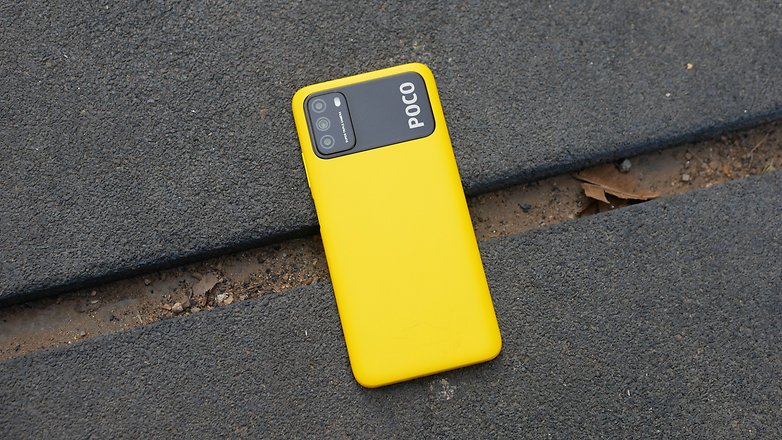
- Snapdragon 678 smartphones: Motorola Moto G30, Poco M3.
Best MediaTek mid-range processors
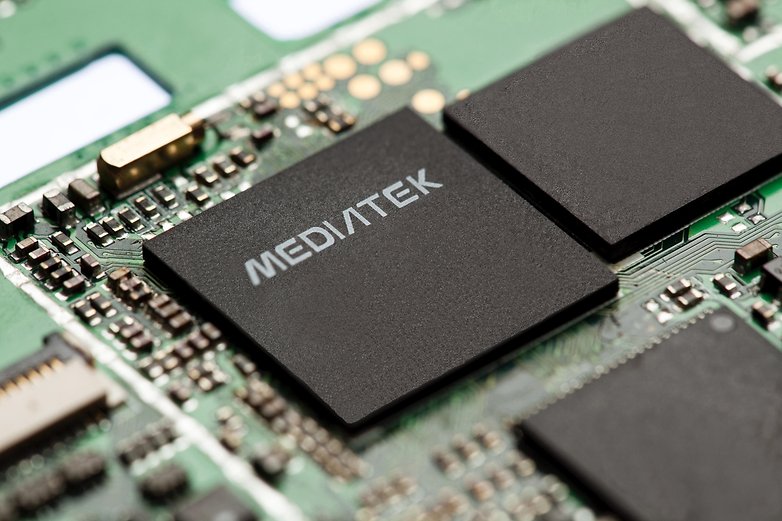
MediaTek’s mid-range processor lineup is as widespread (and confusing) as Qualcomm’s. However, of late, they have introduced the Dimensity series, which is targeted at the upper mid-range and flagship segment. So, for the foreseeable future, you can expect all upper mid-range phones based on MediaTek processors to feature a chip with the ‘Dimensity” branding.
Lower down the order, the company also makes chipsets under the Helio P and Helio G brands. In case you did not figure it out yet, the Helio G range happens to gaming-oriented SoCs with a focus on the GPU. It is not uncommon for MediaTek to tweak the GPU of a P Series SoC and relaunch it as a ‘new’ G series chipset. Most Helio G and Helio P powered smartphones are now categorized under budget devices so we have included only the newer SoCs from the Dimensity range in this article for mid-range devices.
Let us take a quick look at some of the newest MediaTek SoCs you should be looking at when buying a phone in 2021.
MediaTek Dimensity 1000 series
The MediaTek Dimensity 1000 series started out as the company's flagship processor in 2020. A year on, however, with the arrival of the newer Dimensity 1200 chip, the older Dimensity 1000 chip has taken on a role as a capable mid-range processor.
The Dimensity 1000 is based on a 7 nm manufacturing process and gets four Cortex-A77 big cores and four low-power Cortex-A55 cores. Other members of the Dimensity 1000 family include the newer Dimensity 1100 and the aforementioned Dimensity 1200 which MediaTek touts as a flagship processor.
- Dimensity 1000 smartphones: Realme X7 Pro, Oppo Reno 5 Pro.
MediaTek Dimensity 800 series
Currently, there are three SoCs that are part of the Dimensity 800 range. These include Dimensity 800, Dimensity 800U, and Dimensity 820. These three SoCs are near identical in terms of specs and feature minor hardware differences in terms of CPU clock speed and graphics.
All three are based on the 7 nm manufacturing process and also offer 5G support. As of 2021, you will be perfectly fine if you get hold of a mid-range phone with any of these Dimensity 800 series processors.

- MediaTek Dimensity 800 smartphones: Realme X7, Xiaomi Redmi Note 9T.
MediaTek Dimensity 700 series
Slightly lower down the pecking order includes SoCs from the Dimensity 700 range. Currency this lineup is quite small and consists of the Dimensity 700 and the Dimensity 720. Once again, the specifications of these SoCs are quite similar, and you cannot expect them to be different in terms of performance.
Specs common to both of these SoCs include the fact that they’re both based on an efficient 7 nm manufacturing process. The highlight of the Dimensity 700 range is the fact that they use the powerful Cortex A-76 cores that were used on flagship SoCs of the yesteryears.
- MediaTek Dimensity 700 smartphones: Xiaomi Redmi Note 10 5G, Oppo A53s, Realme 8 5G.
Best Samsung mid-range processors
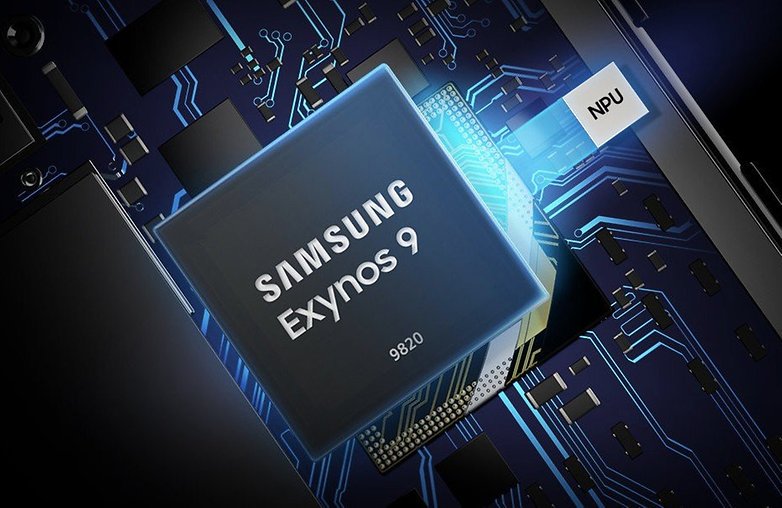
Moving on to Samsung, most of its mid-range SoCs are used in-house in their own mid-range devices. However, there have been instances in the past where Exynos SoCs have made it to devices from other brands.
As of today, the mid-range SoCs from Samsung that you need to care about include the likes of the Exynos 980, Exynos 1080, and the Exynos 880. Samsung also continues to use its older Exynos 9XXX series of chipsets on its more affordable mid-range phones.
Exynos 980
The Exynos 980 is based on an 8 nm FinFET process and features an octa-core design — two high-performance Cortex-A77 cores and six Cortex-A55 efficiency cores. These are paired with a Mali-G76 MP5 GPU. It also happens to be Samsung’s first mid-range 5G processor.
- Exynos 980 smartphones: Samsung Galaxy A71 5G, Samsung Galaxy A51 5G, Vivo X30.
Exynos 1080
The current kingpin of Samsung's mid-range SoCs is undoubtedly the Exynos 1080. It is based on a 5 nm manufacturing process and features a tri cluster Cortex-A78 CPU core design and the Mali-G78 MP10 GPU. It is 5G-ready with support for mmWave and supports images of up to 200MP resolution and a max screen refresh rate of 144Hz.
- Exynos 1080 smartphones: Vivo X60.
Exynos 880
The Samsung Galaxy 880 can be considered a scaled-down version of the Exynos 980 and was launched a couple of months after its "big brother'" was announced. As expected of a toned-down variant, this SoC gets lower clock speeds than the Exynos 980 and only supports FHD+ screens as opposed to the QHD+ support on the 980. It continues to be based on the same 8 nm manufacturing process and supports camera resolutions of up to 64MP.
- Exynos 880 smartphones: Vivo Y51s, Vivo Y70s,
Exynos 9 series (9609/9610/9611)
Moving on to the Exynos 9 series, the three SoCs that are part of this lineup was widely used on Samsung smartphones from 2019-20. The Exynos 9611 is perhaps the most used of the lot and was a staple fixture on the company's M series and A series phones from 2019-20.
Of late, however, these SoCs have been phased out in favor of the company's newer SoCs.The key takeaway from this? It is in your best interest that you avoid buying a smartphone that uses the Exynos 9611 (or its related) chipset.
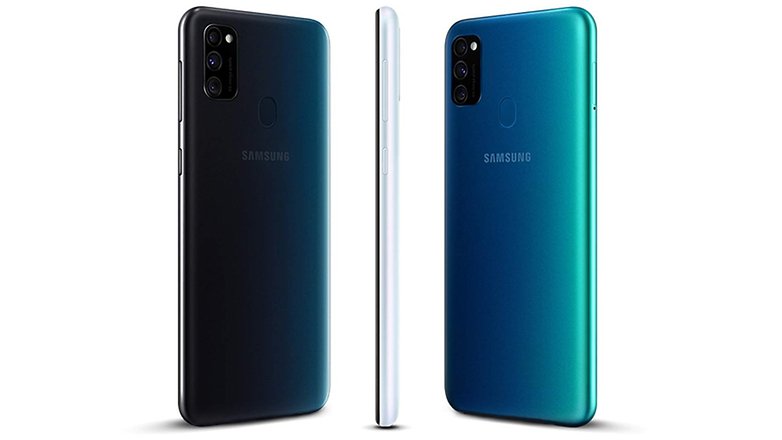
- Exynos 9611 phones: Samsung Galaxy M31, Samsung Galaxy A51, Samsung Galaxy M30s.
Well, that pretty much sums up all the relevant mid-range smartphone processors for the year 2021. You might have noticed that we have not included Huawei's Kirin branded mid-range processors in this list. This is because Huawei's SoC division has been affected by the 'Trump Ban'. It is highly unlikely that you would see a mid-range Huawei smartphone come to you this year. Even if they do release phones, the experience in most non-Chinese markets would be half-baked without support for Google Play Services.
Anyway, what do you think of this mid-range SoC hub/explainer article? This is a particularly important topic for me personally because I think mid-range devices are the ones that most smartphone users end up buying.
While they might not have the charisma of their more expensive flagship brethren, they excel in offering great features at attractive price points. And the future of mid-range phones will only get more exciting in the future as better, faster, feature-packed mid-range processors continue to evolve!




cool